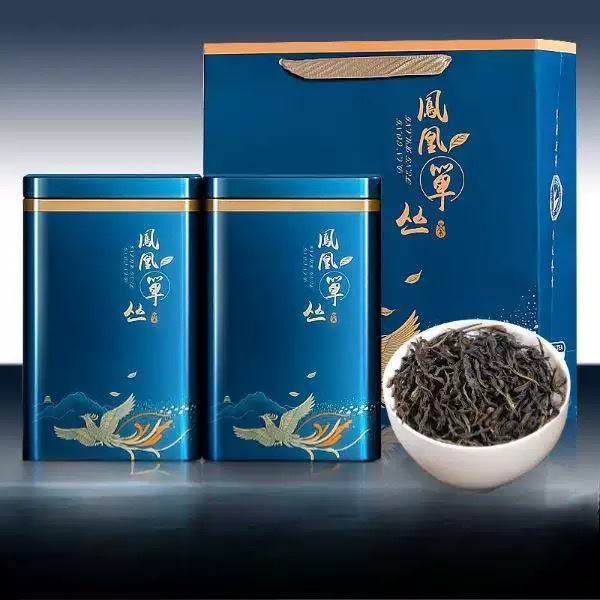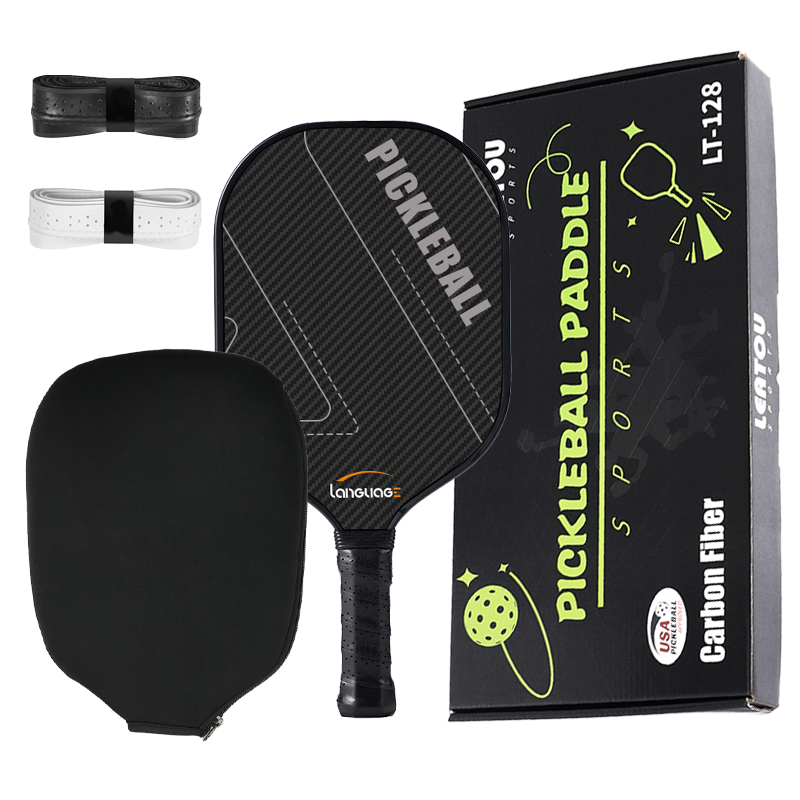# Exploring the Art of Oolong Tea Tasting
## The Delicate World of Oolong Tea
Oolong tea, often referred to as “the champagne of teas,” occupies a unique position between green and black teas. This partially oxidized tea offers a wide spectrum of flavors, aromas, and textures that make the tasting experience truly remarkable. Whether you’re a seasoned tea connoisseur or a curious beginner, understanding the art of oolong tea tasting can elevate your appreciation for this exquisite beverage.
## Understanding Oolong Tea Varieties
Before diving into tasting techniques, it’s essential to recognize the diversity within oolong teas:
– Lightly oxidized oolongs (10-30% oxidation) – closer to green tea characteristics
– Moderately oxidized oolongs (30-50% oxidation) – balanced between green and black tea
– Heavily oxidized oolongs (50-70% oxidation) – leaning toward black tea profiles
– Roasted oolongs – featuring deeper, toasty notes from post-production firing
## The Five-Step Oolong Tasting Method
### 1. Visual Examination
Begin by observing the dry leaves. High-quality oolong leaves should appear whole or slightly curled, with consistent coloration. The leaves often have a glossy sheen, indicating proper processing and freshness.
### 2. Aroma Appreciation
Gently warm your teaware and place the dry leaves inside. Inhale deeply to capture the initial fragrance. Quality oolongs will release complex aromas ranging from floral and fruity to toasty and mineral.
### 3. Brewing Observation
As you pour hot water (typically 185-205°F) over the leaves, watch how they unfurl. Premium oolong leaves will expand beautifully, often revealing their original shape before processing. Note the color development of the liquor.
### 4. Flavor Analysis
Take small sips, allowing the tea to coat your entire mouth. Pay attention to:
– Initial taste impressions
– Flavor evolution on the palate
– Aftertaste (known as “hui gan” in Chinese tea culture)
– Mouthfeel and texture
### 5. Leaf Inspection
After brewing, examine the spent leaves. They should appear vibrant and intact, with visible veins and consistent coloration – signs of careful plucking and processing.
## Developing Your Palate
To truly appreciate oolong tea tasting:
– Start with lighter oolongs and gradually move to more oxidized varieties
– Compare teas from different regions (Taiwanese vs. Chinese oolongs)
– Experiment with brewing parameters (temperature, time, leaf-to-water ratio)
– Keep a tasting journal to track your observations
– Attend tea tastings to learn from experienced professionals
## The Joy of Multiple Infusions
One of oolong tea’s most remarkable qualities is its ability to yield multiple flavorful infusions. With each successive steep (typically 5-8 times for high-quality oolongs), the tea reveals new dimensions of its character, making the tasting experience an evolving journey.
Remember, oolong tea tasting is as much about the experience as it is about the tea itself. The ritual of preparation, the anticipation of flavors, and the quiet moments of appreciation all contribute to the art of oolong tea tasting. As you explore different varieties and refine your tasting skills, you’ll discover why this remarkable tea has captivated enthusiasts for centuries.



